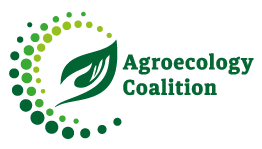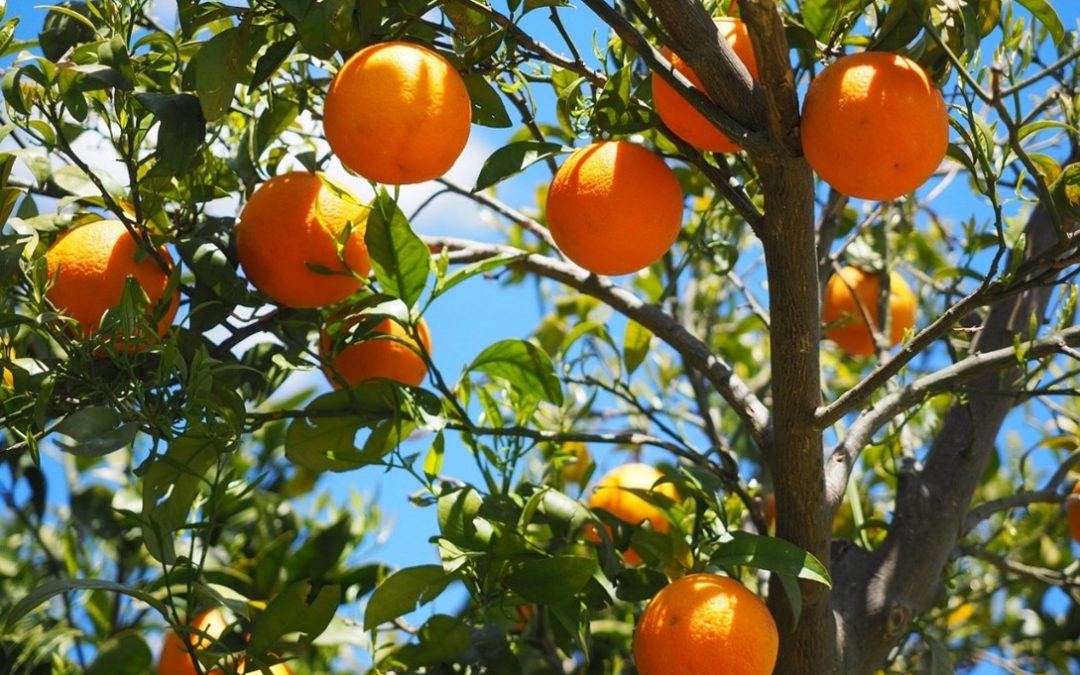Orange tree in Sicily
The agroecological movement’s push for sustainable food systems is increasingly influencing the political debate. Sub-national strategies and policies are pivotal in advancing agroecology at the policy level, as they not only address regional needs of a specific area, but also inspire national laws that can have broader environmental, social, and health impacts.
Subnational governments in Agroecology Coalition member countries have adopted agroecological strategies: Sicily (Italy), Catalonia (Spain), and Murang’a County (Kenya). Let’s dive into their unique approach.
SICILY
Sicily, Italy’s largest island, is severely affected by climate change. Since 2023, the region has faced a hydric crisis, leading to an emergency status until December 2024 (Wired, Sicilia, la siccità è sempre più grave | Wired Italia). The prolonged drought has dried up essential lakes and lagoons, causing agricultural damages worth nearly 2 billion euros in 2024. The reservoirs are dry, with 50% less water invaded than in the same period last year. This crisis impacts cereal and livestock farms, forcing the region to import low-quality grains because the price of wheat has not been profitable for farmers. Consequently, economic and social structure of the region risks being severely impoverished (Siccità, Sos agricoltura in Sicilia – Economia e politica – AgroNotizie (imagelinenetwork.com).
Since 2017, the “Coordinamento Agroecologia della Sicilia” (member of Agroecology Europe) has been advocating for agroecology leading to the enactment of the Regional Law no. 21 on Agroecology in 2021 that sets “Provisions on agroecology, protection of biodiversity and Sicilian agricultural products and technological innovation in agriculture” (available here in Italian). This law aligns with FAO guidelines and the EU’s Farm to Fork and Biodiversity Strategies.
The law aims to:
- Optimize interactions between plants, animals, humans, and the environment
- Increase soil fertility
- Eliminate biocides and agrotoxins
- Conserve biodiversity and landscapes
- Protect human health, the natural environment, biodiversity, ecosystems and agricultural activities
- Combat desertification, hydric stress, and fires
- Implement an efficient agribusiness inspection and verification service
The regulation introduces several measures to promote agroecology and sustainable farming practices:
- Article 3 bans biocides not allowed in organic farming, with fines ranging from 1,000 to 5,000 euros for violations. It supports agroecology through training, free consultations for agricultural companies, public information campaigns, education on nutrition and health in schools, and the creation of bio districts.
- Article 6 requires import and production controls, mandating certificates for synthetic chemicals and mycotoxins, with fines from 2,000 to 10,000 euros for non-compliance.
- Article 7 establishes criteria for Agroecological Farms, requiring specific land allocations for native species and crops. These farms are rewarded for sustainable practices such as using renewable energy, conserving water, adopting phyto-purification systems, using short supply chains, solidarity purchasing groups, and compost. They benefit from premiums within the Rural Development Program (RDP) starting in 2023 and play a key role in future RDPs and CAP eco schemes.
Additionally, the Region has created a permanent observatory on alien pest species and promotes outreach initiatives with universities. This regulation aims to integrate ecological and social values into agrifood systems, bringing them into harmony with the ecological system.
The “Coordinamento Agroecologia della Sicilia” will host the first Mediterranean Agroecology Congress from June 9 to 12, 2025, in Agrigento, which will be the opportunity to assess the first years of implementation of the law.
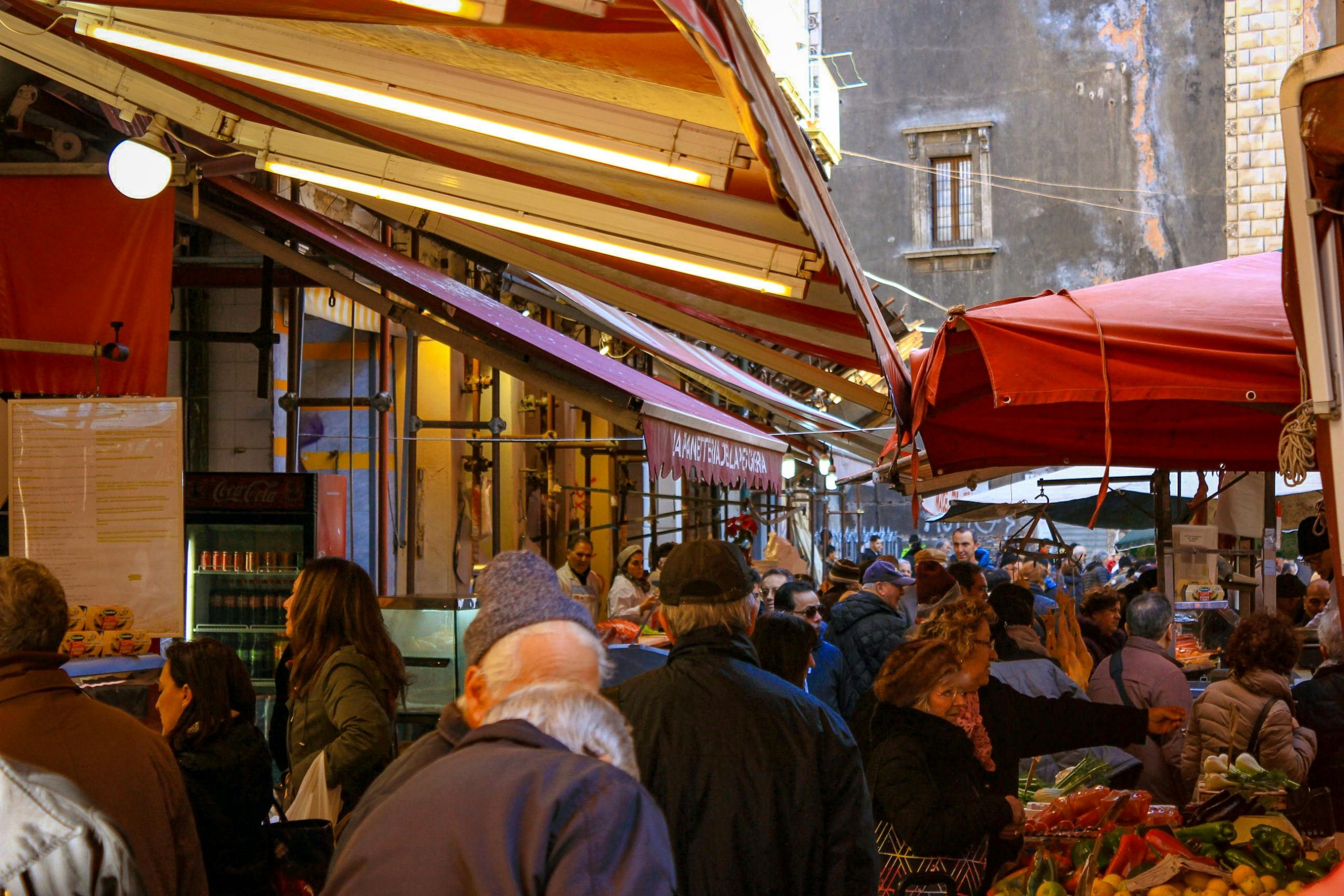
Local market in Sicily
CATALONIA
Catalonia has a diverse agrifood sector characterized by small and medium-sized family farms producing vineyards, olive trees, nuts, cereals, and cattle. In 2021, the agrifood sector contributed to 19.7% of Catalonia’s GDP, and in 2024, Catalonia became Spain’s leading exporter of food and beverages for the fourth consecutive year (Government of Catalonia). The Generalitat of Catalonia actively promotes agroecology through significant projects with the Department of Agri-Food Production and the IRTA (Institute of Agri-Food Research and Technology).
The Sustainable Agricultural Production (PAS) project, launched in early 2019, supports the transition to sustainable agricultural practices that protect the environment, boost local economies, and improve rural quality of life. This project aligns with the Catalonia Food Strategy and the Law 16/2017 against climate change.
A primary objective is to establish a public certification system recognized at the EU level to increase sustainable farms (with a focus on the area and not on the product). By 2024, about 14.5% of agricultural operations and 5.8% of livestock operations in Catalonia were certified in Organic and Integrated Agricultural Production.
PAS uses a “Sustainability Calculator” (based on two technical standards for agriculture and for livestock) to generate reports for each farm, highlighting areas for improvement and presenting sustainability indicators such as carbon footprint, water footprint, and marine and continental eutrophication, acidification, particulate matter, and others following the Environmental Footprint (EF) methodology. This digital self-monitoring tool provides immediate feedback (from A to C) to the farmer, and the government offers assessment and technical support for improvement. Public funds ensure no extra costs to farmers, promoting wider adoption of the tool and greater farm visibility. The goal is to ensure by quantification that agricultural and livestock products are sustainable from social, economic, and environmental perspectives.
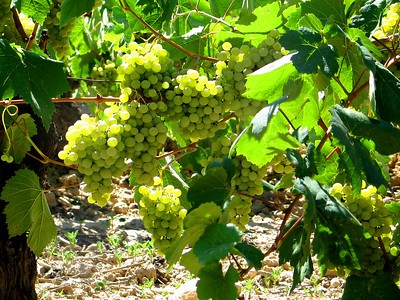
Catalan grapes
The second initiative, the Plan for the Development of Organic Production (PAE), covering the period January 2024 to December 2027, aims to promote organic production and consumption, particularly of local products, in line with the European Organic Action Plan. The plan benefits all actors in the organic value chain and consumers by stimulating demand for organic products, encouraging conversion to organic production, and strengthening the sector’s value chain. It also aims to increase the contribution of ecological production to food system sustainability and environmental conservation. This Plan responds to the need to adapt Catalonia’s Integrated Production model to new environmental, social, and economic challenges, recognizing the scarcity of natural resources and the necessity to preserve them due to climate change while ensuring sustainable food production.
MURANG’A COUNTY GOVERNMENT
In 2023, Murang’a County, in collaboration with the Institute for Culture and Ecology (ICE) and other partners, enacted the Murang’a Agroecology Policy 2022-2032 and the Murang’a County Agroecology Development Act, 2022.
Murang’a County is a key vegetable-growing area in the Central region of the Republic of Kenya. Agriculture is the main economic sector of the county which is divided into six agro-ecological zones. The main cultivations are coffee, tea, pineapple plantations and avocado farming. Other important economic activities are eco-tourism, dairy farming and forestry. This region previously faced export restrictions due to high pesticide residues on avocados and other fruits (Biovision Foundation, year).
The Act aims to develop, promote, and regulate the organic food industry and establish the Agroecology Development and Marketing Board, aligning with the Kenyan 2010 Constitution’s provisions. The county acknowledges that healthy eating contributes to giving a healthy and productive life to the residents, bolstered by education in organic farming and ensuring products meet international standards for global marketing. Murang’a is the first county enacting this kind of Law in the region and aspires to become a center of excellence for agroecology in Kenya (Kenya News).
Key objectives of the policy include:
- Promoting agro-ecosystem health;
- Encouraging the adoption of organic farming and products to reach at least 30% in the county;
- Informing residents about the benefits of organic farming and quality control mechanisms;
- Ensuring county organic produce meets international quality standards;
- Encouraging research and partnerships to develop natural pesticides and herbicides.
The Law was developed through collaborative efforts involving small farmers, political representatives, researchers, and industry experts, who discussed key issues like pesticide overuse and integrated their findings into the legislative proposal (Biovision Foundation, year).
Point 5 of the Law (available here) established the Agroecology Development and Marketing Board that has many functions among which regulating the agroecology sector and promoting its products, collaborating with many stakeholders to enhance agroecology trade and marketing and having an advisory role for the county government on agroecology matters. It also coordinates with the private sector and mobilizes resources for investment and marketing promotion, together with collecting and disseminating agroecology data and information, among others.
Concerning the role of Murang’a County Government, the county will allocate at least 10% of the agriculture budget to support organic farming. This funding will be used for training and sensitizing farmers in organic practices, facilitating extension services, providing subsidies, and organizing annual trade fairs for organic products.
A dedicated unit within the Agriculture Department will oversee organic agriculture. The county will collaborate with stakeholders on training, research, investment, provision of facilities to growers (quality seeds, planting materials…), and market linkages, providing incentives and technical support. Partnerships with international, national, and local organizations will be pursued to promote organic agriculture, improve practices in response to climate change, and ensure that certification schemes meet market requirements for organic production in Kenya.

Tea leaves (Picture credits: Nathalie Doswald/United Nations Environment Programme)
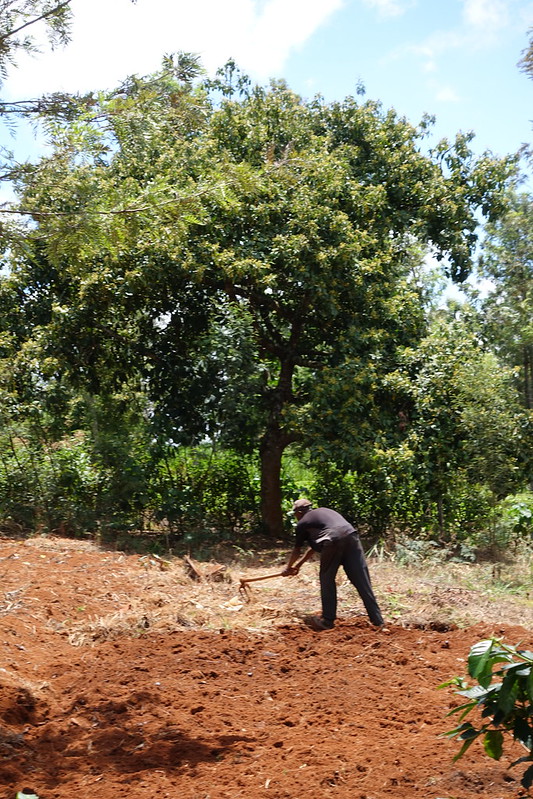
Muranga county, farmer (Picture credit: Nathalie Doswald/United Nations Environment Programme)
The three cases illustrate that the sub-national governments can have a huge impact on the spread of agroecology. These efforts underline how the legal framework is a crucial tool to encourage and facilitate the adoption and transition towards more sustainable models in the agri-food sector. In Sicily, Catalonia and Murang’a County, local governments incentivized the adoption of agroecology by attracting farmers providing key services such as training, monitoring and evaluation tools and financial incentives, among the others. These initiatives constitute concrete examples that can be enriched, readapted, and replicated to other local contexts.
